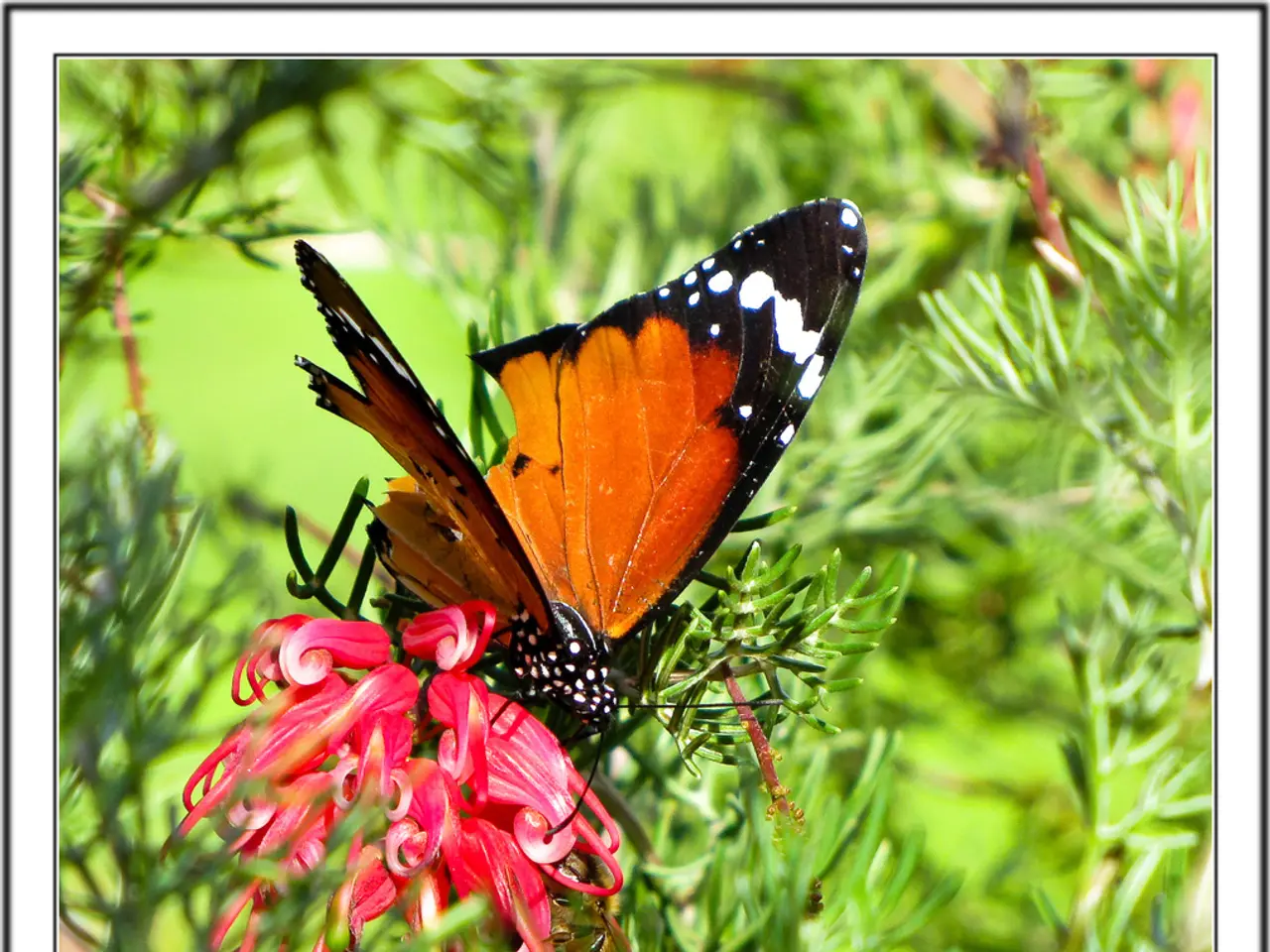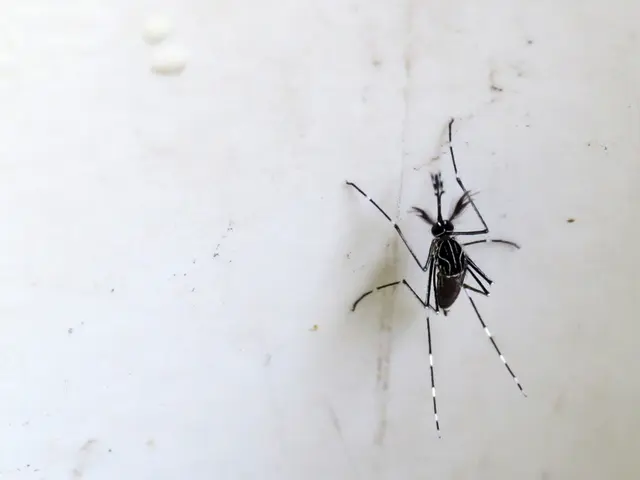Supporting Monarch Butterflies in Your Garden
Guide on Aiding Monarch Butterflies: Steps for Assistance
Monarch butterflies, known for their iconic migration pattern, face several threats that have led to a decline in their population. However, gardeners can play a crucial role in their conservation by creating suitable habitats.
Primary Threats to the Monarch Butterfly
The destruction and degradation of natural habitats, including milkweed and nectar-rich wildflowers, are significant threats. This loss is exacerbated by deforestation and land-use changes, particularly in Mexico where monarchs hibernate in oyamel forests.
Widespread pesticide use damages monarch habitats and directly harms the butterflies by killing them or reducing the availability of food plants. Climate change also poses a threat, as rising temperatures and changing weather patterns disrupt the delicate timing of monarch migrations and the availability of food sources.
The introduction of non-native plants, such as tropical milkweed (A. curassavica), can alter monarch behavior and increase disease risk. Tropical milkweed species should be avoided as they can harbor pests and may delay migration.
How Gardeners Can Help Conserve Monarch Butterflies
To support these beautiful creatures, gardeners can take several steps. Firstly, plant native milkweed and nectar plants. Common milkweed (A. syriaca) is a good choice for many regions, providing essential food for caterpillars.
Nectar plants, such as Liatris, Aster, and Goldenrod, offer season-long sources of nectar, which are crucial for adult monarchs during their migrations. It is recommended to select a sequence of plants that bloom from midsummer to fall to provide a continuous food source.
Avoiding chemicals is another key strategy. Refrain from using pesticides and herbicides in gardens, as they harm monarchs and other beneficial insects. Instead, consider an integrated pest management (IPM) approach.
Optimizing garden design is also important. Plant milkweed at least 12 inches apart to allow for healthy growth and accessibility. Design gardens with a mix of open areas and sheltered spots to accommodate monarch behavior.
Lastly, support conservation efforts by engaging with local initiatives and organisations focused on monarch conservation, such as Monarch Watch or the Xerces Society.
By implementing these strategies, gardeners can contribute to the conservation of monarch butterflies and help stabilize their populations across North America. It's a small step towards preserving the beauty and wonder of these incredible creatures.
For more information about monarchs, resources such as Monarch Butterfly Journey North, Monarch Joint Venture, Pollinator Partnership, and Xerces Society for Invertebrate Conservation are available.
- Gardeners can contribute significantly to monarch butterfly conservation by adopting an integrated pest management approach in their gardening practices, which involves avoiding the use of harmful pesticides and herbicides.
- Implementing a lifestyle that supports monarch butterfly habitats could be a part of one's health-and-wellness routine, as gardening with native milkweed and nectar plants not only benefits these beautiful creatures but also contributes to the overall biodiversity of the environment.
- Incorporating monarch conservation into one's fitness-and-exercise routine could be as simple as designing gardens with a mix of open areas and sheltered spots, promoting a healthy ecosystem and providing a suitable habitat for these migratory butterflies.
- By joining forces with conservation organizations such as Monarch Watch, the Xerces Society, and others in the environmental-science community, gardeners can assemble a network to effectively support monarch butterfly populations, thereby contributing positively to lifestyle choices that benefit both human health and the environment.




